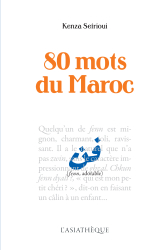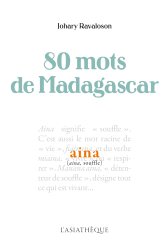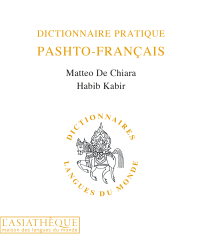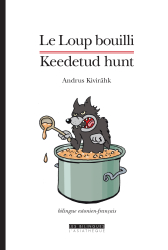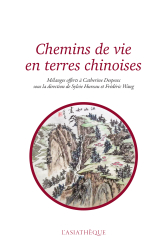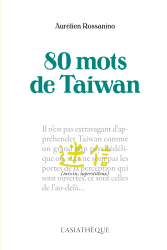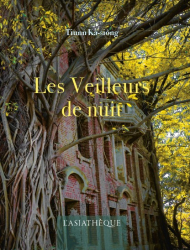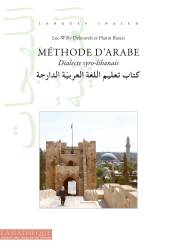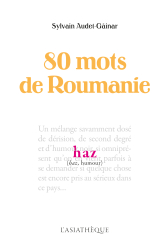Details
Format: Paperback
ISBN: 9782360570171
Collection: Monde coréen
13.7 x 21.6 cm
Weight: 348 gr
Pages: 280
First publication: 12/03/2011
Last printing: 08-2021
CLIL: 4093
BISAC: SOC008020
A portrait of Korean society today made up of seventeen "bursts of life" taken from everyday life, each followed by an attempt at interpretation.
"This book is a mine of useful information, a source of reflection often much more richer than many academic theses and scholarly articles because the author knows how to present them with their meaning and context and because the reading is always exciting, the narrative lively, fun and easy, free and of a great honesty. It is a journey into Korea in its very authentic everyday life : joy, anguish, a visceral vitality that goes sometimes with a kind of Baudelairian spleen as expressed in music. [...] Reading this book is highly recommendable because of its approach that ignores all conventions and cliches, but also for the issues it raises on today's world - Korea in itself, Korea as an example, Korea as mirror and a question." (excerpts from the preface by Pierre Cambon, Curator of the Korean collections at Musée Guimet, Paris)
CONTRIBUTORS' BIOGRAPHIES
Martine Prost

Martine Prost, Ph.D. in linguistics, was a lecturer at the UFR de langues et civilisations orientales of the Université Paris-Diderot and director of the Institut d'études coréennes at the Collège de France. Married to a Korean and now retired, she lives in Korea. Her books include Scènes de vie en Corée (2011) and Halabeoji (2016), both published by L'Asiathèque.
Photo : © Philippe Thiollier
Pierre Cambon
Pierre Cambon (born in 1955) studied history, art history and archeology at the Sorbonne and at the École du Louvre, focusing on the art of Gandhara or Central Asia. . Seduced by Korea, which he discovered in 1981, he learned the language and married Kim Sang-lan, artist and professor at the time at Wonkwang University. Cultural Attaché to the French Embassy in Seoul from 1988 to 1992, he was responsible, on his return to France, to create a department of Korean antiques at the Guimet Museum - until then attached to the Japan section. Twice he was sent to North Korea as a consultant for Unesco. In 2001, he published at the RMN "Korean Art at the Guimet Museum" (2001) and "Landscapes of Korea in the Land of Letters" (2001), then directed the publication of "Afghanistan: Une histoire millénaire" ( 2002).
TABLE OF CONTENTS
Préface (Preface)
Avant-propos (Foreword)
Quelques remarques sur la romanisation (Some notes about the romanization)
I. Célébration de l’eau (I. Celebration of the water)
II. Des sols brûlants (II. Of the burning grounds)
III. L’arbre sacré de Seocho (III. The sacred three of Seocho)
IV. Marcher en Corée (IV. Walking in Korea)
V. Un repas en famille (V. A family meal)
VI. La vitesse à tout prix (VI. Speed at all cost)
VII. Les trottoirs multifonctions (VII. The multifunctional sidewalks)
VIII. Humeur à volonté (VIII. Spirit at will)
IX. Les apparences en toute quiétude (IX. The appearance in complete peace)
X. L’écriture d’une matinée (X. The writing of a morning)
XI. Un langage de coqs ? (XI. A rooster's language ?)
XII. Notre mari à nous (XII. Our husband)
XIII. Cinq mille ans d’histoire (XIII. Five-thousand years of history)
XIV. Les réfugiés du Nord (XIV. Refugees from the North)
XV. Le han qui les consume (XV. The han which consumes them)
XVI. Le sexe sans mot dire (XVI. Sex whithout a word)
XVII. Le jeong qui les anime (The jeong which drives)
Glossaire des termes coréens figurant dans l’ouvrage (Glossary of korean terms appearing in the book)
Index géographique (Geographic index)
Index historique (Historic ndex)

